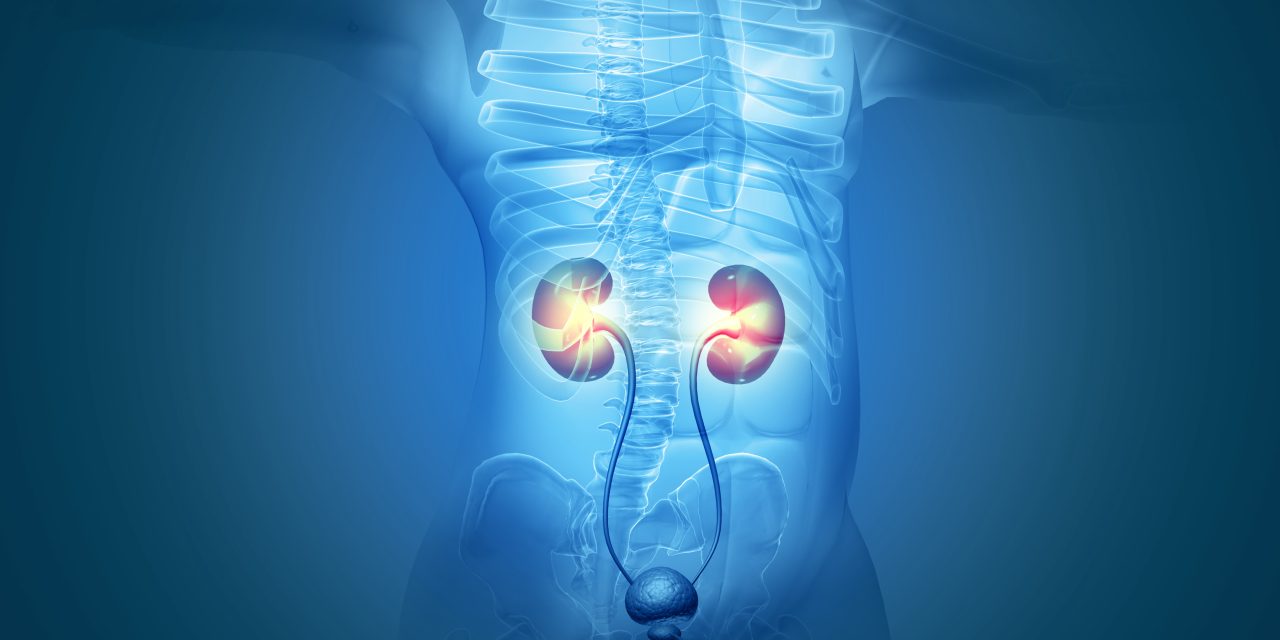The impact of prostate zonal volume on erectile function and penile Doppler parameters is not yet settled.
To assess the association between prostate zonal volume and erectile dysfunction in patients with benign prostatic hyperplasia.
This cross-sectional analytical study included 70 men (aged ≥ 40 years). Of them, 60 patients were assigned to 3 study groups (n = 20/each): group (A) patients who had lower urinary tract symptoms (LUTSs) and erectile dysfunction (ED), group (B) patients who had LUTSs with no ED, group (C) patients who had ED with no LUTS, and other 10 age-matched patients who had no LUTS or ED acted as a control group (D). All patients were subjected to detailed medical and sexual history. International prostate symptom score (IPSS) was used to assess LUTSs, and international index of erectile function (IIEF) was used to assess ED.
Transrectal ultrasound and penile Doppler ultrasound were used to assess zonal anatomy of the prostate and the vascular pattern of erection.
There was a significant difference in IPSS between group A (26) and B (19) (P < .05). Each of groups A and C had significant lower peak systolic velocity (PSV) than each of groups B and D (P < .001/each). There was a significant positive correlation between transitional zone index (TZI) and IPSS (r = 0.71, P < .01), and significant negative correlation between TZI and both of IIEF (r = -0.48, P < .05) and PSV (r = -0.606, P < .05).
This study clearly demonstrated that there were significant correlations between increased transitional zone volume, TZI, and decreased both of IIEF score and PSV. Qalawena MM, Al-Shatouri MA, Motawaa MA, et al. Association Between Prostate Zonal Volume and Erectile Dysfunction in Patients With Benign Prostatic Hyperplasia. Sex Med 2020;XX:XXX-XXX.
Copyright © 2020 The Authors. Published by Elsevier Inc. All rights reserved.
Association Between Prostate Zonal Volume and Erectile Dysfunction in Patients With Benign Prostatic Hyperplasia.


